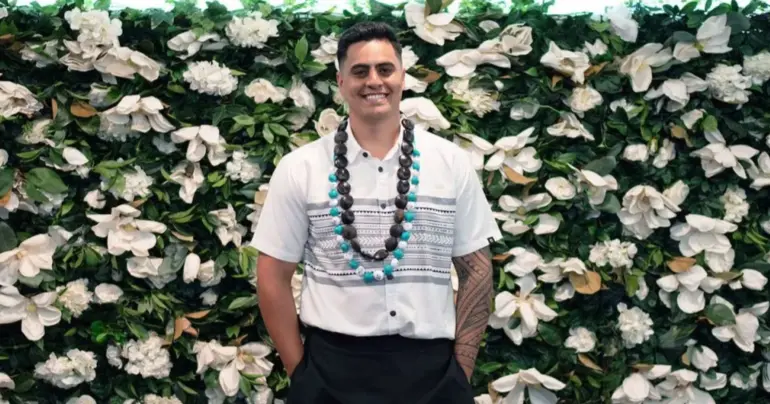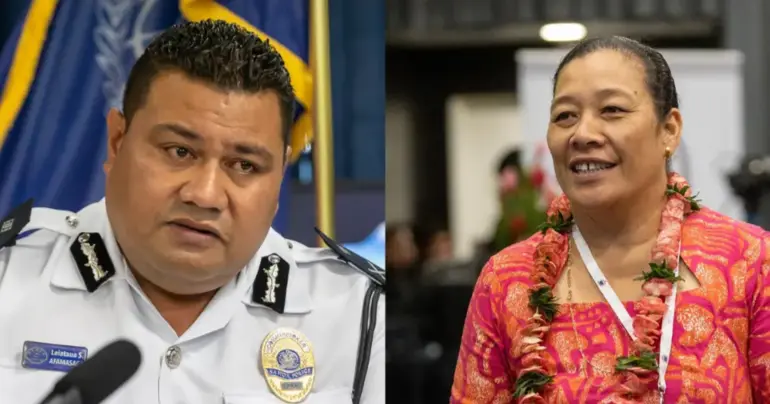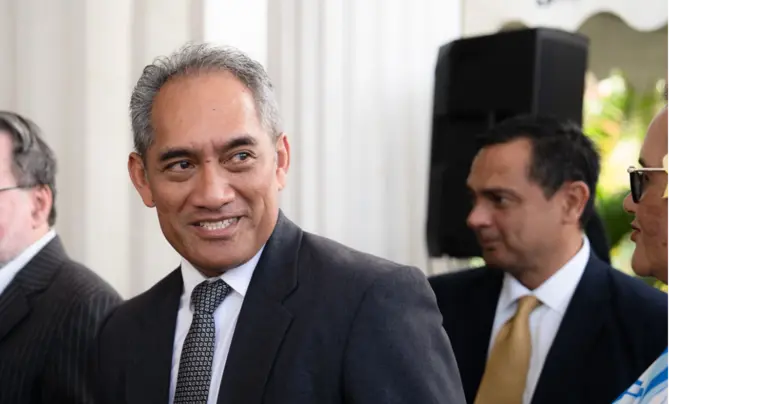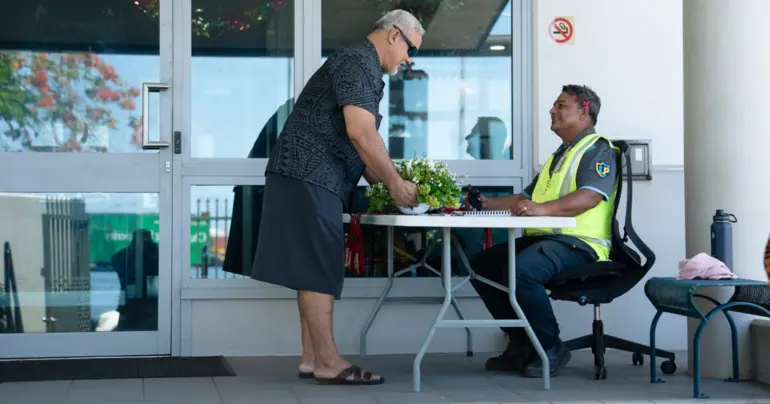Youth unemployment doubles; dropout rates increase
 By Soli Wilson
•
19 January 2021, 12:00PM
By Soli Wilson
•
19 January 2021, 12:00PM
A drastic recent rise in youth unemployment is coinciding with rising rates of youth school dropouts, the Samoa Bureau of Statistics (S.B.S.) has reported.
The national school drop-out rate is holding back Samoa’s national development and remains a significant policy challenge for the nation, the report says,
The proportion of unemployed Samoan young people aged between 15-24 has doubled between 2012 and 2017, rising from 16.4 per cent to 31.9 per cent.
The “S.B.S. Samoa Youth Monograph 2020 on School Attendance, Engagement and Inclusion” report also notes there is a substantial disparity in completion rates between girls and boys and young people with disabilities.
In 2018, 86.5 per cent of students progressed from primary to secondary school; a fall from 93.7 per cent in 2014, the bureau found.
"School dropout rates are of concern in Samoa with 32.2 per cent of males dropping out by year 13 with a corresponding figure of 27.9 per cent for females," the report reads.
"The completion rate for secondary school has declined overall by 10 per cent between 2016 and 2017."
The recent rise in dropout rates has not affected Samoa's relative standing in the region in terms of educational attainment, which remains above average for Pacific Island states.

Statistics in 2014 showed that 27 per cent of girls were completing secondary school compared to only 23 per cent of boys; a reflection of gender disparities in education.
A similar disparity between the genders was shown in truancy rates.
The bureau measures the Net Attendance Ratio for girls at 71 per cent, which is substantially higher than their male cohorts whose school attendance averaged only 58 per cent.
Poverty, family engagements and a child’s geographical location are all factors likely to influence the rate at which young people drop out from the education system, the report found.
Students from wealthier households completed an average of three more years of schooling than those in poverty.
Students who are victims of family violence, orphaned or who have a chronically ill family member are the most likely to drop out of school, the report found. Time constraints placed on students who must look after ill-relatives or the absence of excess money for school fees are considered the chief factors driving this demographic’s high dropout rate.
Meanwhile, the geographical location of students was highly predictive of a students' attendance rate, the report found; Gross Attendance Ratio for secondary school students in rural areas was 66 per cent, while it was 73 per cent in urban areas.
"Student mobility is also an [inhibiting factor;] students with disabilities unable to access schools, particularly in remote locations where journeys to school are through bush trails or via canoe, resulting in some youth receiving no education at all," the report says.
In recent years, Samoa has strived to create a more inclusive and accessible education system and the report suggested that the reforms have borne fruit with statistics showing a greater number of students with disabilities in primary school classrooms.
But despite students with disabilities being more included in classroom settings, the report found that that the values of inclusive education and understanding among educators about those students’ needs remained low.
The report notes that the fulfillment of careers later in life correlates with the amount of a student’s early childhood education attendance. Children who attend preschool earn an average of 25 per cent more than those who did not, the report reads.
But in Samoa, less than one-third of eligible children were enrolled in early childhood education programmes between 2014 and 2018.
As a result, the amount of Samoans not employed, in some form of education or training has risen from 35 per cent in 2012 to 37.9 per cent in 2017.

The rising rates of students dropping out of school is the motivating factor behind the Government's recently announced overhaul of the education system. The policy change will condense the length of college attendance from five years into four, according to a Government document.
The Government announced this July it would be removing the current final year of college - Year 13 - in favour of a new system of having secondary schools continue from years 9 to 12. The changes will officially commence this year.
In the last five years, a growing number of students have dropped out of Year 11 and Year 13, the Government has found. It believes the trend is being caused by the introduction of specialist learning material too late in students' educational careers.
The majority of students leaving the system early are young males.
The reasons for the Government’s reform was contained within a brochure distributed during a meeting of secondary school Principals from around Samoa facilitated by the Ministry of Education, Sports and Culture (M.E.S.C.) last week.
“The rationale for [the] change to a four-year level is that dropout rates starting from year 9, 10, 11, 12 and especially year 13 [in the last] five years [have] increased,” the document reads.
In July it was announced that all schools in Samoa would dissolve their Year 13 classes following changes passed by Cabinet to condense secondary school education.
Tags
 By Soli Wilson
•
19 January 2021, 12:00PM
By Soli Wilson
•
19 January 2021, 12:00PM











